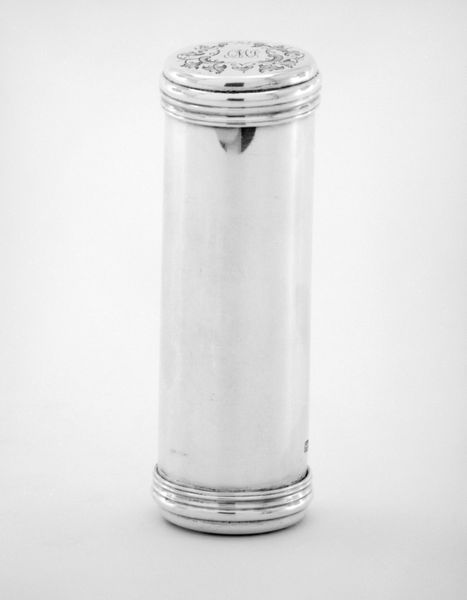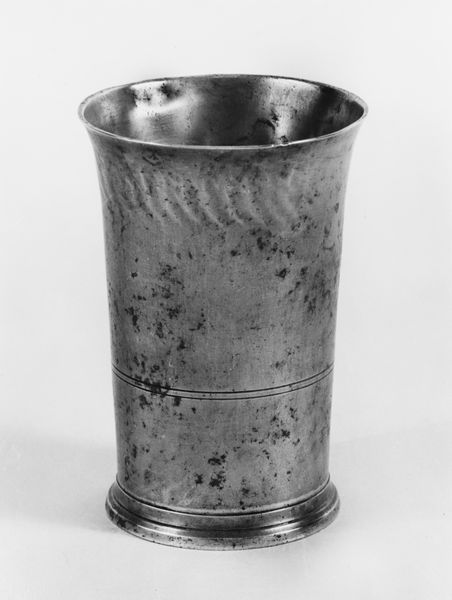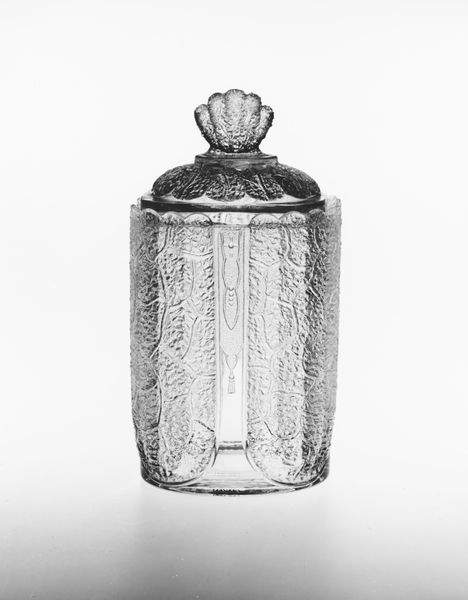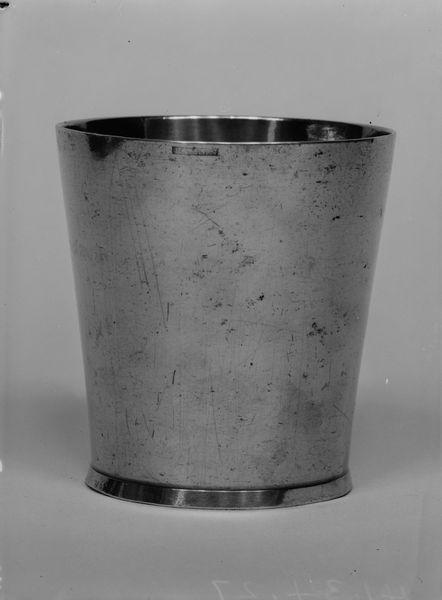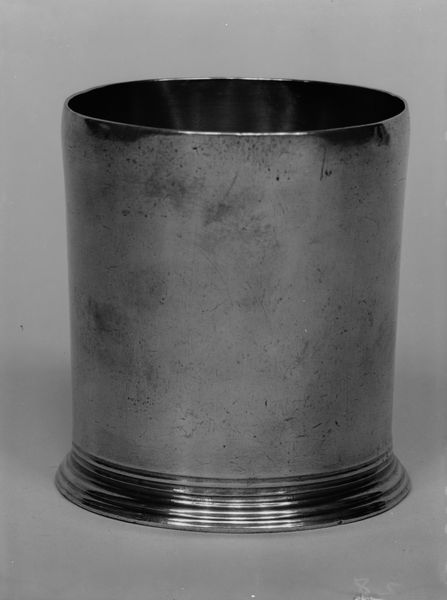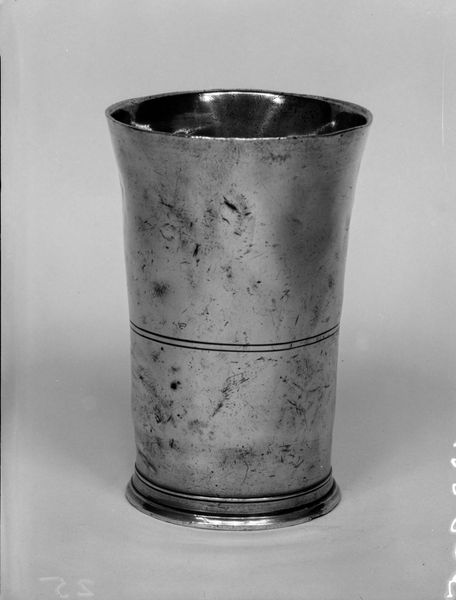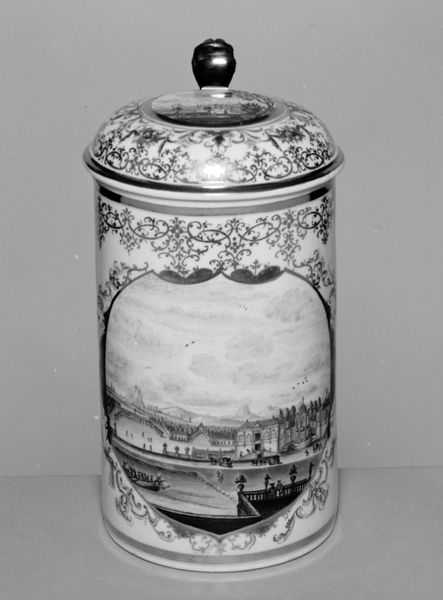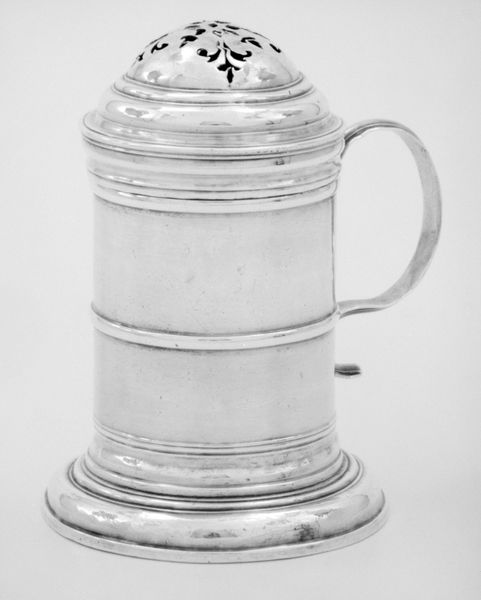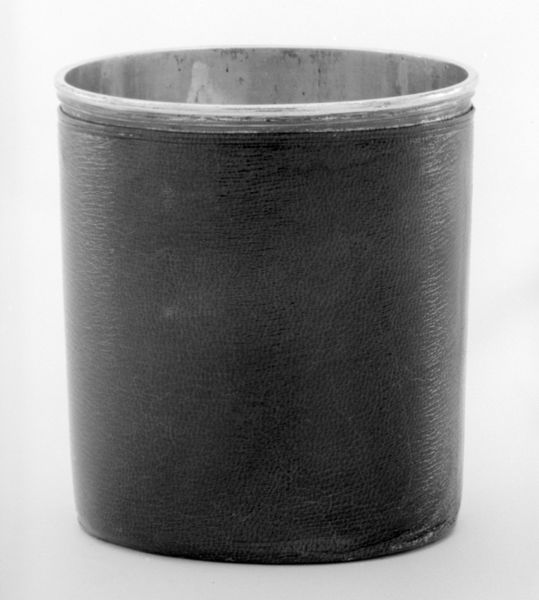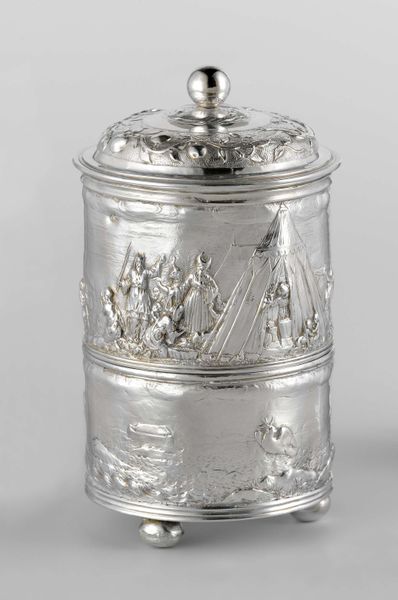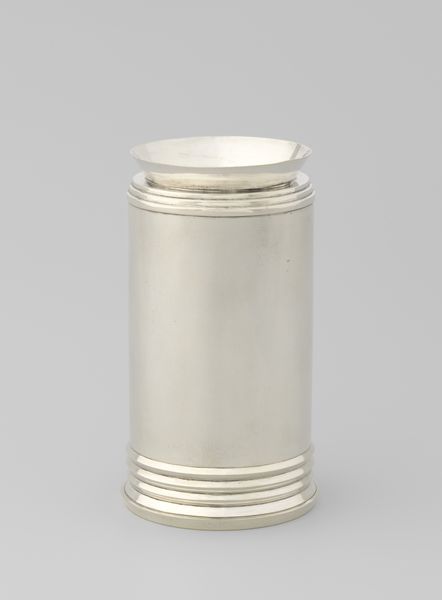
Match container with cover (part of a set) 1848 - 1849
0:00
0:00
silver, sculpture
#
silver
#
sculpture
#
decorative-art
Dimensions: a) H. (w/ cover) 2 13/16 in. (7.1 cm); W. 7/8 in. (2.2 cm); L. 1 5/8 in. (4.1 cm); b) 7/8 x 7/8 x 1 5/8 in. (2.2 x 2.2 x 4.1 cm)
Copyright: Public Domain
Editor: So, this is Johann Bernhard Hertz's silver match container, crafted around 1848. It’s… surprisingly austere, considering it's decorative art and silver. What strikes you most about its design or context? Curator: Its functionality is key, even within the realm of decorative arts. Consider the socio-economic climate of the mid-19th century. Mass production was nascent. Objects like this, though silver, hint at a growing culture of convenience, even dependence, on things like matches. Think about the politics of fire, suddenly easily accessible to many. Does this mass distribution change social practices? Editor: That’s a fascinating angle, the "politics of fire," as you put it. It seems that even a mundane item can carry weight. What about the design? The etched lid seems… intentionally understated. Curator: Precisely. While silver objects were often displays of wealth, this one’s design subtly shifts focus. It’s well-made, but its relatively simple decoration downplays ostentation in favor of pure function. Who had access to such goods? Was there a growing bourgeois market, eager for practical silver items that quietly spoke of success without blatant bragging? Editor: I hadn't considered the emerging middle class playing into even this small object’s creation. So, it’s less about pure aesthetics and more about its role within shifting social dynamics? Curator: Exactly. Even an object made of precious material may suggest changes in societal values, particularly in access to certain resources or the value placed on time. The form supports function as industrialization began to define social roles and behaviours. Editor: That makes me rethink how I look at decorative arts in general. Thank you for this alternative way to contextualize and interpret seemingly functional objects! Curator: My pleasure.
Comments
No comments
Be the first to comment and join the conversation on the ultimate creative platform.
